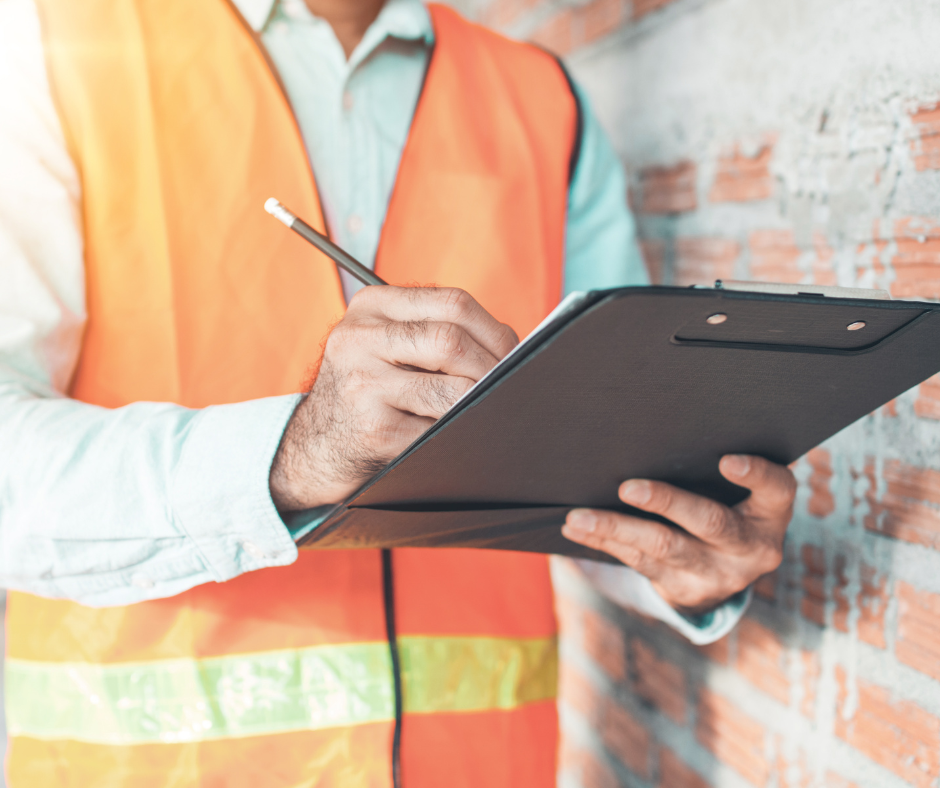
Purchasing homeowner’s insurance is a crucial step in protecting your property and assets. As part of the insurance process, insurers may conduct inspections of your home to assess its condition and identify any potential risks. We’ll explore what homeowners can expect during insurance inspections, what insurers typically look for, and the potential consequences if issues are raised during the inspection.
Why Do Insurers Conduct Homeowner’s Insurance Inspections?
Homeowner’s insurance inspections serve several purposes for insurers:
- Risk Assessment: Insurers need to evaluate the condition of the property to assess the level of risk they are insuring. This helps them determine appropriate coverage and premiums.
- Loss Prevention: Inspections allow insurers to identify potential hazards or maintenance issues that could lead to future insurance claims. Addressing these issues proactively can help prevent losses and reduce the likelihood of claims.
- Compliance: Insurers may also conduct inspections to ensure that the property meets certain safety and construction standards required for insurance coverage.
What Do Insurers Look for During Homeowner’s Insurance Inspections?
Insurers may choose to do an exterior only inspection or an inspection which includes the inside of your home. During a homeowner’s insurance inspection, insurers may examine various aspects of your property, including:
- Roof Condition: Inspectors will assess the age, condition, and material of the roof to determine its risk of damage or failure.
- Structural Integrity: They will inspect the foundation, walls, and other structural elements for signs of damage or deterioration.
- Safety Hazards: Inspectors will look for potential safety hazards such as faulty wiring, plumbing leaks, or fire hazards. They will also look for issues which could increase the frequency or severity of a loss such as overhanging tree limbs or vegetation touching your home.
- Exterior Features: This may include the condition of siding, windows, doors, and other exterior features.
- Home Systems: Inspectors may check the condition and functionality of heating, cooling, plumbing, and electrical systems.
- Liability Exposures: Inspectors will look for safety concerns for guests as well which could include, but is not limited to, aggressive pets and availability and condition of safety railing on stairs or decks.
- Coverage Adequacy: Inspectors will also note measurements and construction of your home to validate that your dwelling limit seems reasonable.
Consequences of Issues Raised During Inspections
If issues are identified during the homeowner’s insurance inspection, several potential consequences may arise:
- Policy Non-Renewal or Cancellation: In some cases, insurers may choose not to renew or cancel a homeowner’s insurance policy if significant risks or hazards are present and not addressed.
- Premium Increases: Insurers may increase premiums or adjust coverage to reflect the increased risk associated with unresolved issues.
- Required Repairs or Upgrades: Insurers may require homeowners to address specific issues or make improvements to the property to maintain coverage.
- Loss of Coverage for Specific Risks: If certain hazards are not remedied, insurers may exclude coverage for related risks from the homeowner’s insurance policy.
How to Prepare for a Homeowner’s Insurance Inspection
To ensure a smooth inspection process and minimize the risk of issues being raised, homeowners can take the following steps:
- Address Maintenance Issues: Regular maintenance and upkeep of the property can help prevent issues from arising during inspections.
- Make Necessary Repairs: Address any known issues or hazards before the inspection to demonstrate proactive risk management.
- Provide Documentation: Keep records of any renovations, upgrades, or repairs made to the property, as this information may be useful during the inspection.
- Be Present During the Inspection: Being present during the inspection allows homeowners to address any questions or concerns raised by the inspector and provide additional context about the property.
Homeowner’s insurance inspections play a vital role in assessing risk, preventing losses, and maintaining coverage. By understanding what to expect during inspections, addressing any issues proactively, and preparing accordingly, homeowners can ensure a smooth inspection process and maintain adequate insurance coverage for their property.








 Click to Call
Click to Call Get Directions
Get Directions